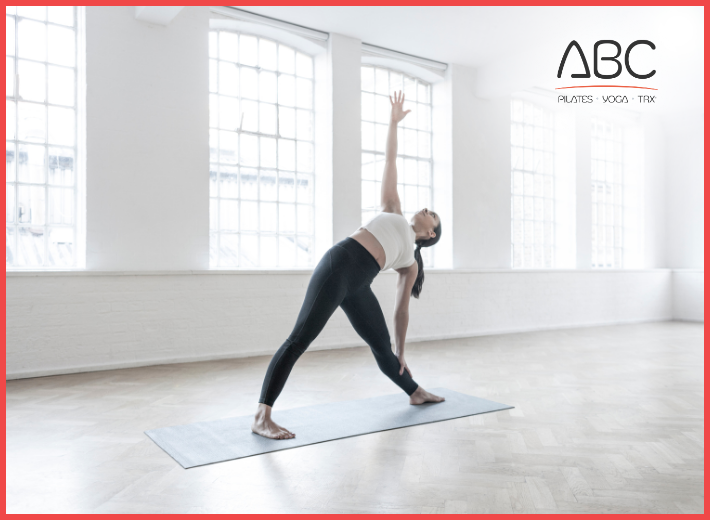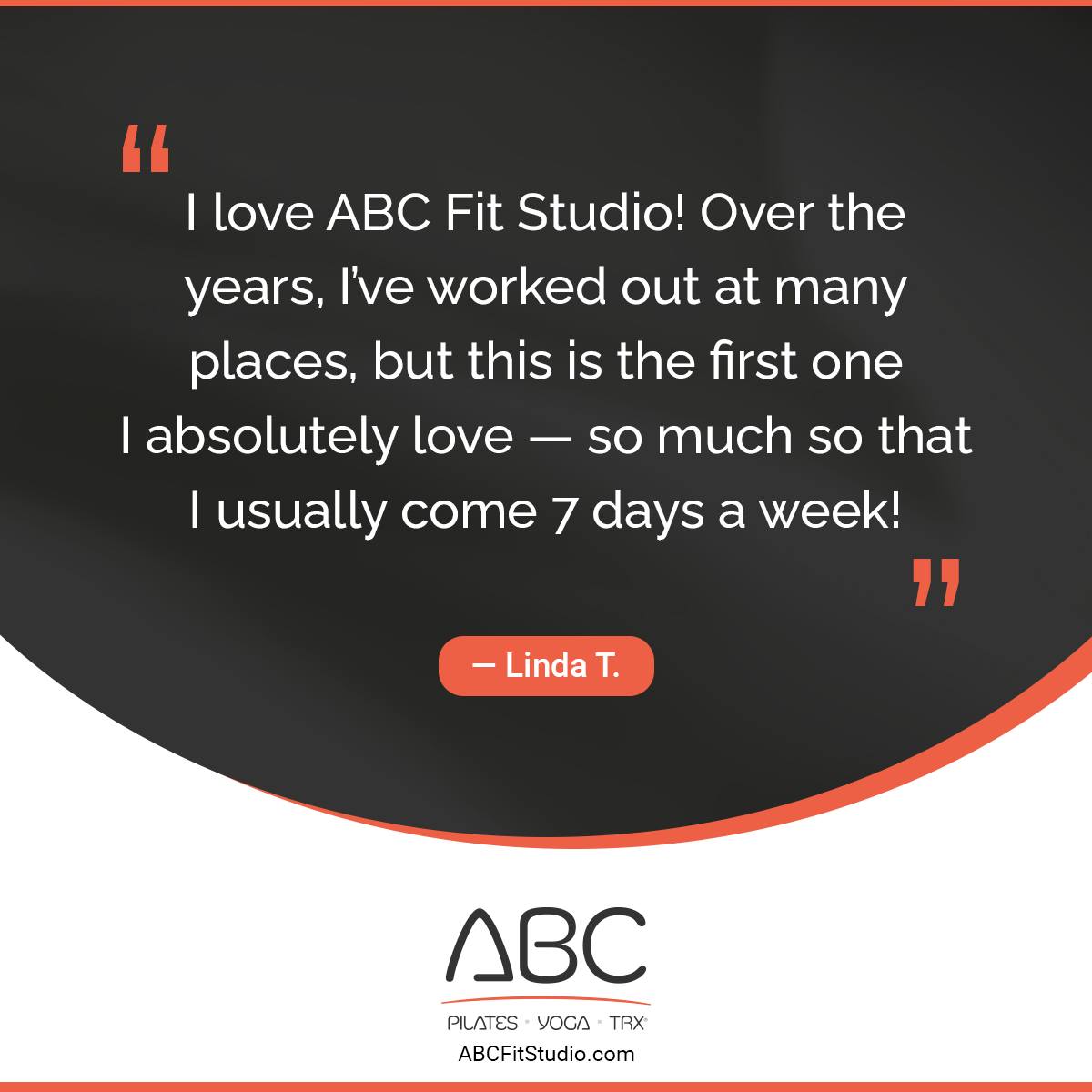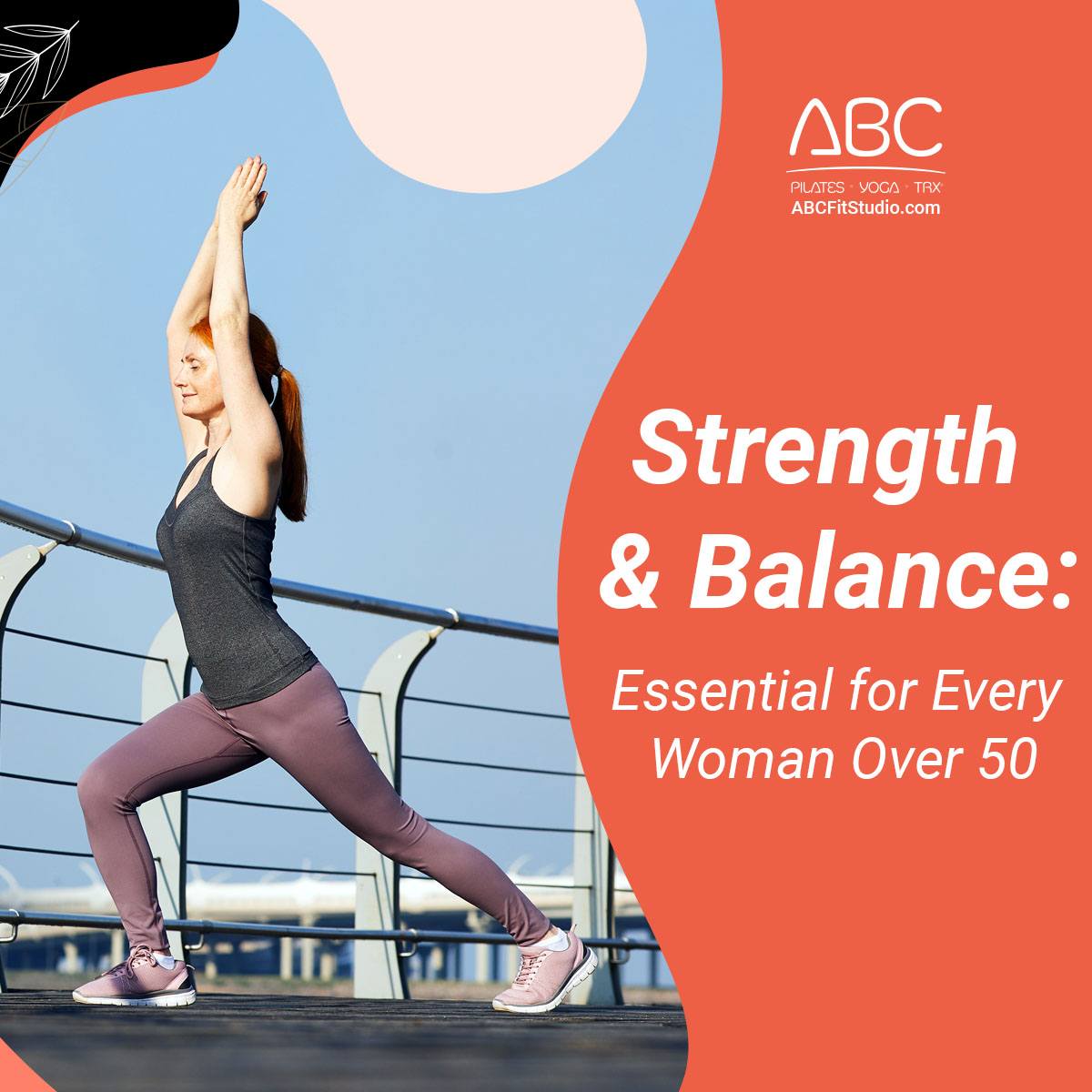
Regular stretching can improve your range of motion, reduce aches and pains, and leave you feeling energized and ready to take on your day. You can also take your stretching practice to the next level by joining one of our yoga or Pilates classes. Read more and discover the power of a good stretch! Questions? We are here!
You know exercise is important, but what about stretching? Does stretching take a back seat to your exercise routine? Not so fast.
Stretching may help you improve your range of motion and decrease your risk of injury, among other benefits.
Understand why stretching can help and how to stretch correctly.
Benefits of stretching
Studies about the benefits of stretching have had mixed results. Some research shows that stretching doesn’t reduce muscle soreness after exercise. Other studies show that lengthening the muscle and holding the stretch immediately before a sprint may slightly worsen performance.
However, research has shown that stretching can help improve flexibility, and, as a result, the range of motion of your joints.
Better flexibility may:
Improve your performance in physical activities
Decrease your risk of injuries
Help your joints move through their full range of motion
Increase muscle blood flow
Enable your muscles to work most effectively
Improve your ability to do daily activities
You may learn to enjoy the ritual of stretching before or after hitting the trail, ballet floor or soccer field.
Stretching essentials

Before you plunge into stretching, make sure you do it safely and effectively. While you can stretch anytime, anywhere, proper technique is key. Stretching incorrectly can actually do more harm than good.
Use these tips to keep stretching safe:
Don’t consider stretching a warmup. You may hurt yourself if you stretch cold muscles. Before stretching, warm up with light walking, jogging or biking at low intensity for 5 to 10 minutes. Even better, stretch after your workout when your muscles are warm. Consider skipping stretching before an intense activity, such as sprinting or track and field activities. Some research suggests that pre-event stretching may actually decrease performance. Research has also shown that stretching immediately before an event weakens hamstring strength
Strive for symmetry. Everyone’s genetics for flexibility are a bit different. Rather than striving for the flexibility of a dancer or gymnast, focus on having equal flexibility side to side (especially if you have a history of a previous injury). Flexibility that is not equal on both sides may be a risk factor for injury.
Focus on major muscle groups. Concentrate your stretches on major muscle groups such as your calves, thighs, hips, lower back, neck and shoulders. Make sure that you stretch both sides. Also stretch muscles and joints that you routinely use or that you use in your activity.
Don’t bounce. Stretch in a smooth movement, without bouncing. Bouncing as you stretch can injure your muscle and actually contribute to muscle tightness.
Hold your stretch. Breathe normally and hold each stretch for about 30 seconds; in problem areas, you may need to hold for around 60 seconds.
Don’t aim for pain. Expect to feel tension while you’re stretching, not pain. If it hurts, you’ve pushed too far. Back off to the point where you don’t feel any pain, then hold the stretch.
Make stretches sport specific. Some evidence suggests that it’s helpful to do stretches involving the muscles used most in your sport or activity. If you play soccer, for instance, stretch your hamstrings as you’re more vulnerable to hamstring strains.
Keep up with your stretching. Stretching can be time-consuming. But you can achieve the most benefits by stretching regularly, at least two to three times a week. Even 5 to 10 minutes of stretching at a time can be helpful. Skipping regular stretching means that you risk losing the potential benefits. For instance, if stretching helped you increase your range of motion, your range of motion may decrease again if you stop stretching.
Bring movement into your stretching. Gentle movements, such as those in tai chi, Pilates or yoga, can help you be more flexible in specific movements. These types of exercises can also help reduce falls in older adults.Also, try performing a “dynamic warmup.” A dynamic warmup involves performing movements similar to those in your specific sport or physical activity at a low level. Then you speed up gradually and add intensity as you warm up.
Some people may also choose to add foam rolling before working out along with a dynamic warmup.
Know when to exercise caution
If you have a chronic condition or an injury, you might need to adjust your stretching techniques. For example, if you already have a strained muscle, stretching it may cause further harm. Talk to your doctor or physical therapist about the most appropriate way to stretch if you have any health concerns.
Also remember that stretching doesn’t mean you can’t get injured. Stretching, for instance, won’t prevent an overuse injury.

Ready to experience the full benefits of stretching? Join our welcoming community and experience the joy of movement in a Pilates or yoga group setting! Call us today at (949) 305-3310 and visit our Instagram @abc_fitstudio for more inspiration.
Reference: [https://www.mayoclinic.org/healthy-lifestyle/fitness/in-depth/stretching/art-20047931]













